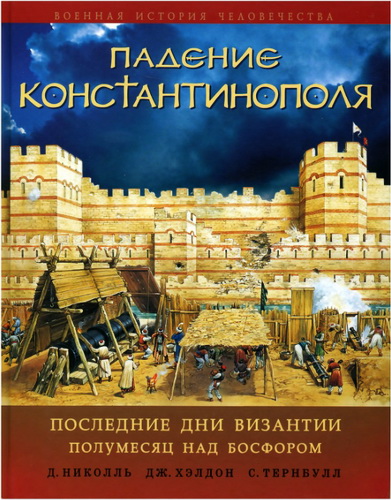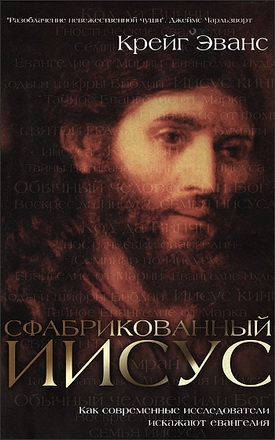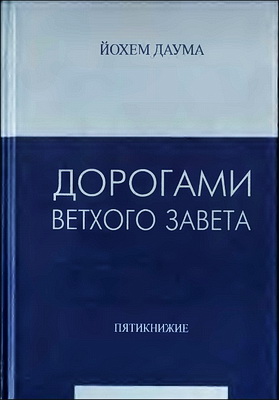
Leiman – The Canonization of Hebrew Scripture

During the nineteenth century and the early part of the twentieth, the pioneer investigations treating the history of the formation of the biblical canon appeared in print. These included the basic mono- graphs by Stuart, Furst, Buhl, Mullen, Wildeboer, Budde, Ryle, and Strack. The consensus reached by these scholars has in a sense become canonical itself, and even the most recent introductions to the Bible merely incorporate their conclusions. Peter Katz has candidly admitted that “Strack and Ryle both set the tune to which we have been dancing for seventy-five years.” Due to the vast progress achieved during this century in so many areas of biblical and Near Eastern studies, and especially in the light of the new evidence presented by the discovery of the Dead Sea scrolls, a fresh investigation into all aspects of biblical canonization has become a scholarly desideratum.
Several contemporary scholars, including Ostborn, Aalders, Koole, Sundberg, and Eybers have initiated such investigation, but none has undertaken a comprehensive study of the talmudic and midrashic evidence bearing on the history of the canonization of Hebrew Scripture, in the light of recent discovery. Solomon Zeitlin’s treatment of the canonization of Hebrew Scripture, published in 1931, remains the most recent comprehensive study of the talmudic evidence bearing on canonization. It, of course, could not take into account the yet undiscovered Dead Sea scroll materials. On other grounds, Zeitlin’s treatment is neither exhaustive nor always convincing. Some important talmudic passages bearing on canonization were not adduced by Zeitlin; his interpretations of other passages, talmudic and extra-talmudic, are often ques- tionable.
This study proposes to trace the course of the closing of the biblical canon, based upon a critical investigation of all the relevant talmudic and midrashic evidence, and in the light of a re-evaluation of the extra-rabbinic evidence. After a survey of the extra-rabbinic evidence bearing on the history of the formation of the biblical canon, the talmudic and midrashic evidence will be presented and analyzed. A concluding section will integrate all the evidence and offer an historical reconstruction of the closing of the biblical canon.
* * *
Before proceeding with our investigation, we must define “canonical book.” This presents some difficulty, for different generations of Jews had different notions of canonicity. Since the evidence from the earliest biblical books is meager and often ambiguous, it would be hazardous to draw our definition of canonicity from the evidence contained in those books. An examination of the evidence contained in the later biblical books (such as Daniel, Ezra-Nehemiah, and Chronicles) and in the talmudic passages discussed in the following pages of this thesis, yields the following definition: A canonical book is a book accepted by Jews as authoritative for religious practice and/or doctrine, and whose authority is binding upon the Jewish people for all generations. Further- more, such books are to be studied and expounded in private and in public.
Leiman Sid – The Canonization of Hebrew Scripture – The Talmudic and Midrashic Evidence
New Have, Conn.: Academy New Haven, 1991. – 241 p.
ISBN 1-878508-04-0
Leiman Sid – The Canonization of Hebrew Scripture – Contents
Foreword
Foreword to the Second Edition
Preface
Chapter I: Introduction
- A. Statement of Purpose
- B. Definition of Canonicity
- C. Biblical Evidence
- D. Apocrypha and Pseudepigrapha
- E. Philo and Josephus
- F. Dead Sea Scrolls
- G. Christian Sources
Chapter II: Talmudic and Midrashic Evidence
- A. List of Biblical Books
- B. Number of Biblical Books
- C. Classification of Biblical Books
- D. Withdrawal of Biblical Books
- E. Outside Books
- F. Status of the Book of Ben Sira
- G. Books Defile the Hands
- H. Council of Jamnia
Chapter III: Conclusions
- A. Introductory Remarks
- B. Unacceptability of the Modern Consensus
- C. Notions of Canonicity and Inspiration
- D. Holy Scripture
- E. Closing of the Biblical Canon
Abbreviations
Notes
Bibliography
Supplement to the Bibliography
Supplementary Abbreviations
Index of Passages
Index of Names




Комментарии (1 комментарий)
спасибо большое